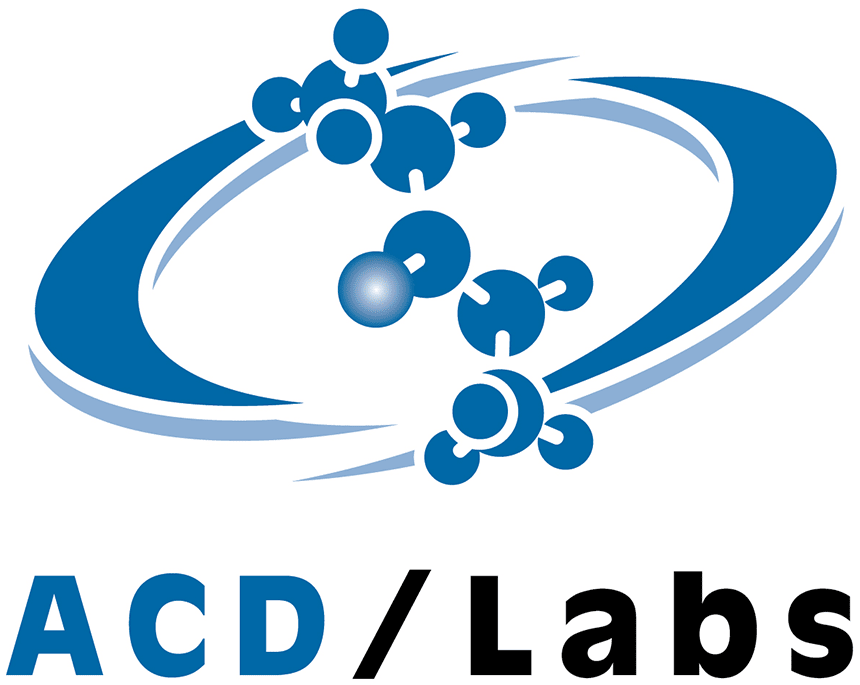The fundamental advantage of using FT-IR spectroscopy in vacuum is to avoid the absorption of atmospheric moisture and other gas species (CO2). Vacuum spectrometers provide a better stability and reproducibility in comparison to the dry air/nitrogen purged spectrometers. Furthermore, the UHV adaption allows IR characterization of samples that have to be prepared and stored under UHV conditions without sample-transfer in air, and therefore enables the closely combination of FT-IR technique with other UHV experimental methods.
The amount of defects on an oxide surface is crucial for its catalytic activity. To understand the role of the defects in particular is the precondition for investigating numerous catalytic reactions in details. Recently, the oxygen defects on titanium dioxide (TiO2) have been considered using scanning tunneling microscopy (STM) combined with density functional theory (DFT) calculations. Unfortunately, many standard experimental techniques in this research field can only be applied to single crystalline oxides in a straightforward fashion, but not to powders or nanoparticles, which is the technologically most important form of oxide materials. In contrast, FT-IR spectroscopy is not limited to the single crystalline phase only, but can also be applied to powders, nanoparticles etc. with high sensitivity. Therefore ultrahigh vacuum FT-IR spectroscopy (UHVFTIRS) was applied to both the well-understood single crystal reference system and the powder particles, in order to determine the density of O vacancies and to demonstrate the role of O vacancies for the surface chemistry of formaldehyde on TiO2. For this purpose CO was used as a probe molecule to identify the defect sites on rutile TiO2 (r-TiO2) surface [1].





